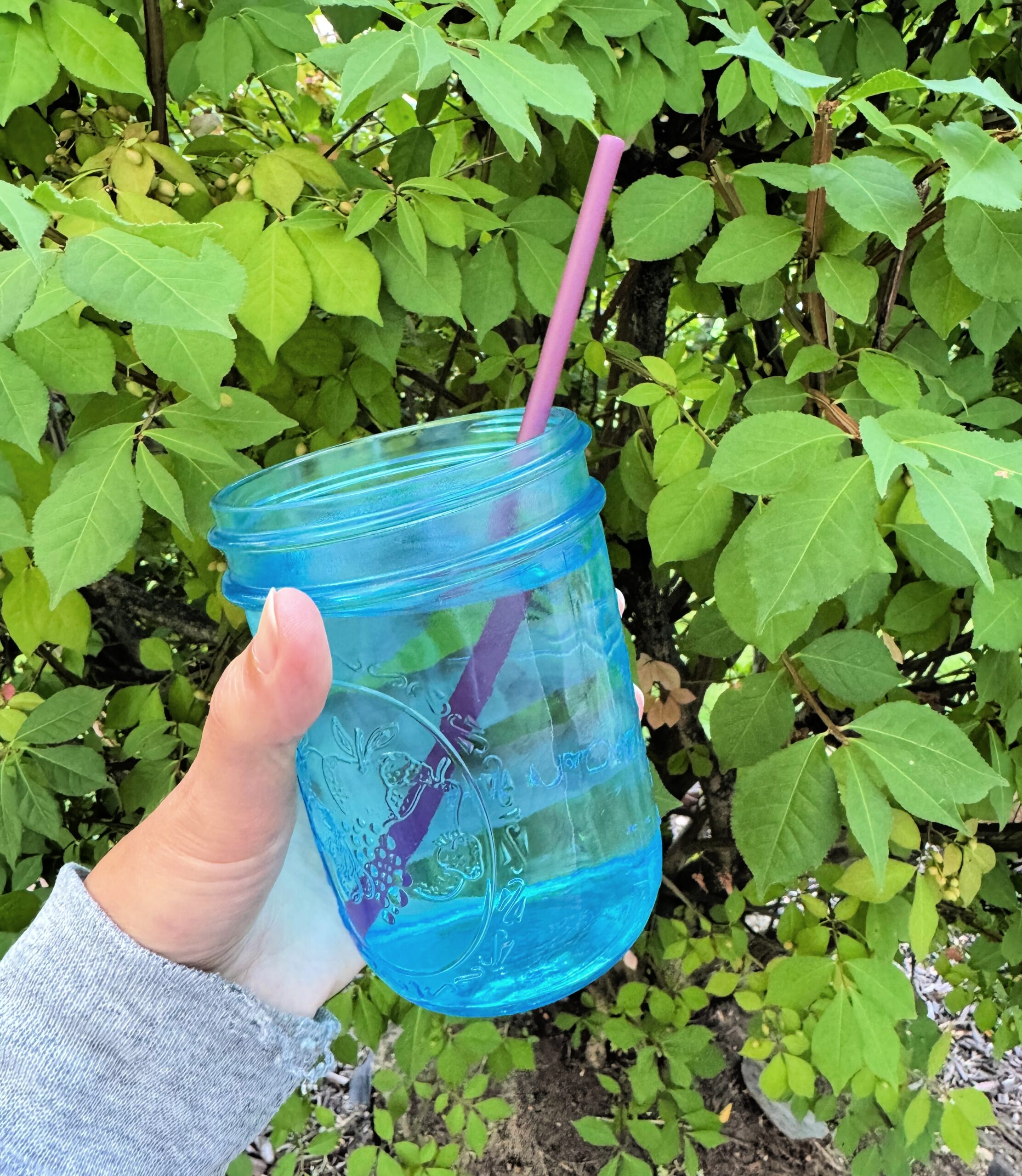Clean energy is the fastest-growing energy source in the US. But still, only 5% of the energy used in the US is from clean energy sources.
Clean energy, also referred to as renewable energy, is growing in popularity, but it still has a long way to go. And that matters both now and for the future of our environment.
Read on to learn what clean energy actually is and why we shouldn’t overlook clean energy sources.

What Is Clean Energy Exactly?
Most energy sources across the globe come from non-renewable fossil fuels, including coal, natural gas, and petroleum.
Clean energy, on the other hand, is from renewable sources that release little or no greenhouse gas emissions. The goal of clean energy is to allow us to continue powering our houses, cars, and buildings without hurting the planet in the process.
In order to make that possible, clean energy relies on alternative sources of energy that are natural and unlimited.
What Are Types of Clean Energy?
There are several different types of clean energy, and it’s likely that there will be more discoveries in the future.
But the main types of clean energy sources available now are solar power, wind power, hydropower, bioenergy, and geothermal power.
Solar power is one of the most easily accessible types of clean energy, with many houses having solar panel capabilities.
Some also debate the existence of clean energy fuels, from either natural gases (which some argue is better for the environment than other fossil fuels) or from other alternative sources. Sometimes, materials like waste matter and vegetable oil can become clean fuels that power trucks and other vehicles.
Why Does Clean and Renewable Energy Matter?
Clean energy typically means cleaner air in the environment. And when it’s produced with renewable sources, it can be recycled and used without limits.
Clean and renewable energy preserves the earth’s non-renewable resources, which can still come in handy when used sparingly. But when people use up these resources quickly to power factories, cars, and more, they’ll soon be depleted and can never be replaced.
Not only that, but non-renewable fossil fuels release harmful emissions that can be blamed for global warming.
As climate change continues, many ecosystems and species are threatened. And eventually, humans may be next.
Today, it’s nearly impossible to survive without electricity, heating, and other comforts that require energy. But by choosing clean energy, you can still enjoy these comforts, without hurting the environment.
Turning to Clean Energy Sources
Now that you know what clean energy is and why it matters, consider how you can use more clean energy in your life. Install solar panels in your home, or drive a car that runs on alternative fuels.
You can also choose local electricity and utility companies that use clean sources, rather than traditional fossil fuels.
These small changes add up, both for your household and the planet.
Learn more about eco-friendly life upgrades in my other life blog posts!


Leave A Comment